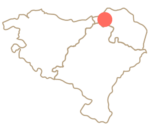
The bucolic landscape of the French Basque Country, with its green meadows, sheep and white houses with their red, green or dark blue frames, is a veritable history book wide open to the reader.
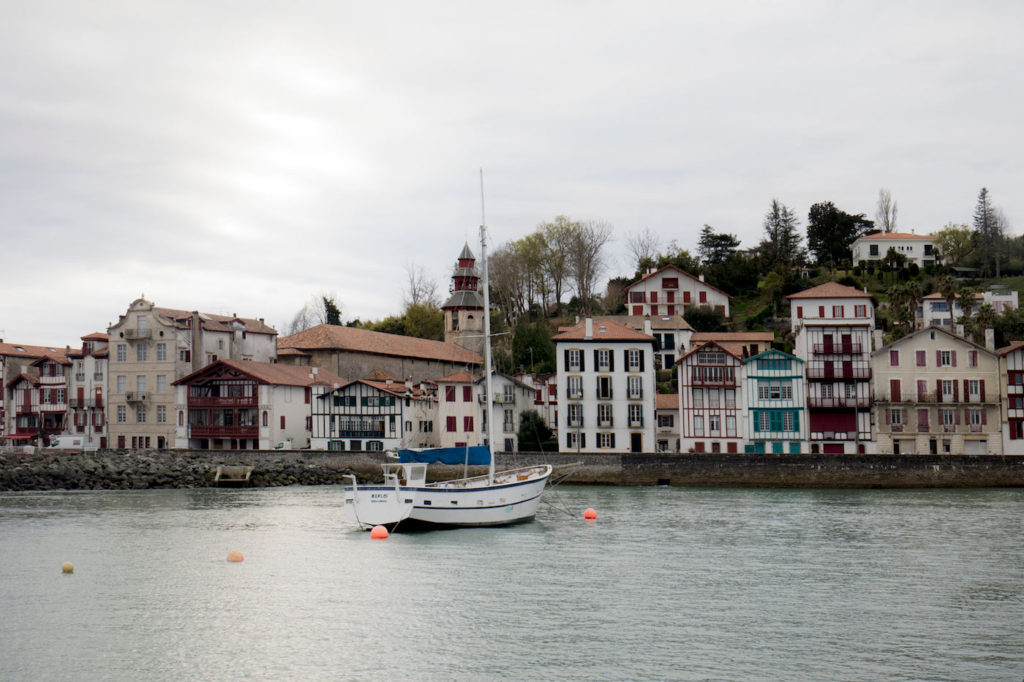
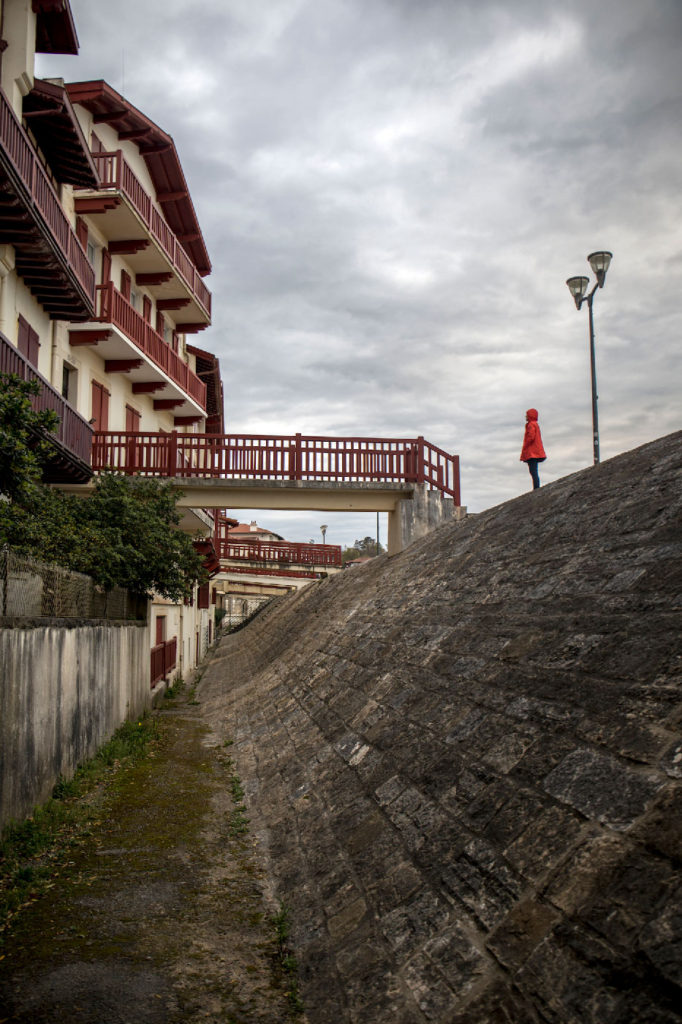
Our experience in Iparralde (the name given to the north of the Basque Country, located in France) will kick off in Sara: a beautiful village in the hinterland, with a belfry’s Basque text warning of the passage of time as the clock marks up its hours. A message to shun laziness and put in your time well. And that’s just what we’ll do.
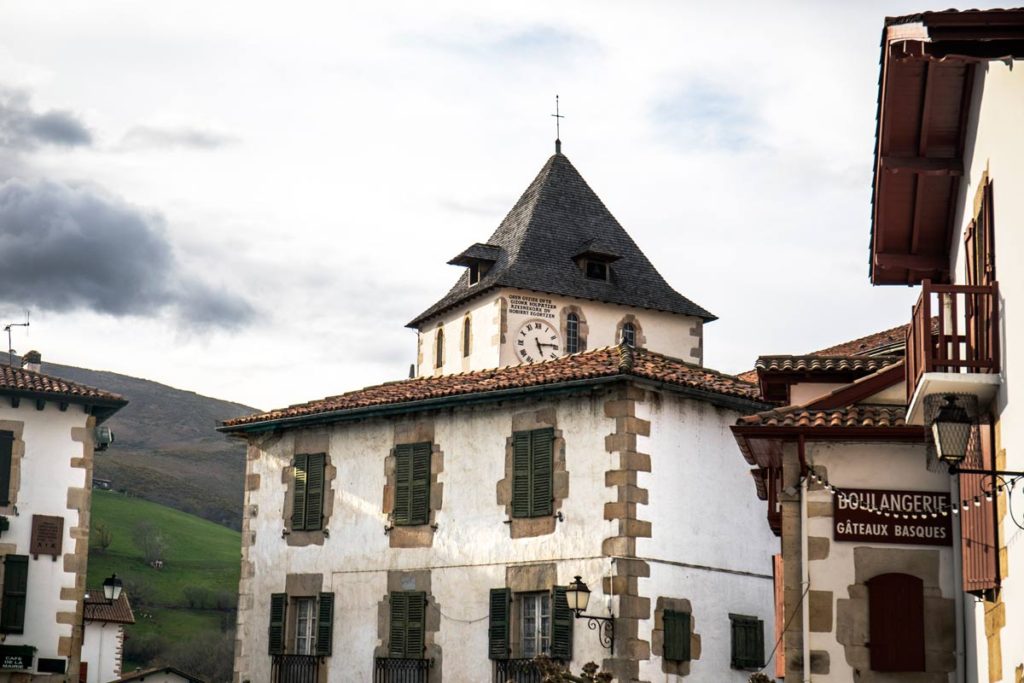
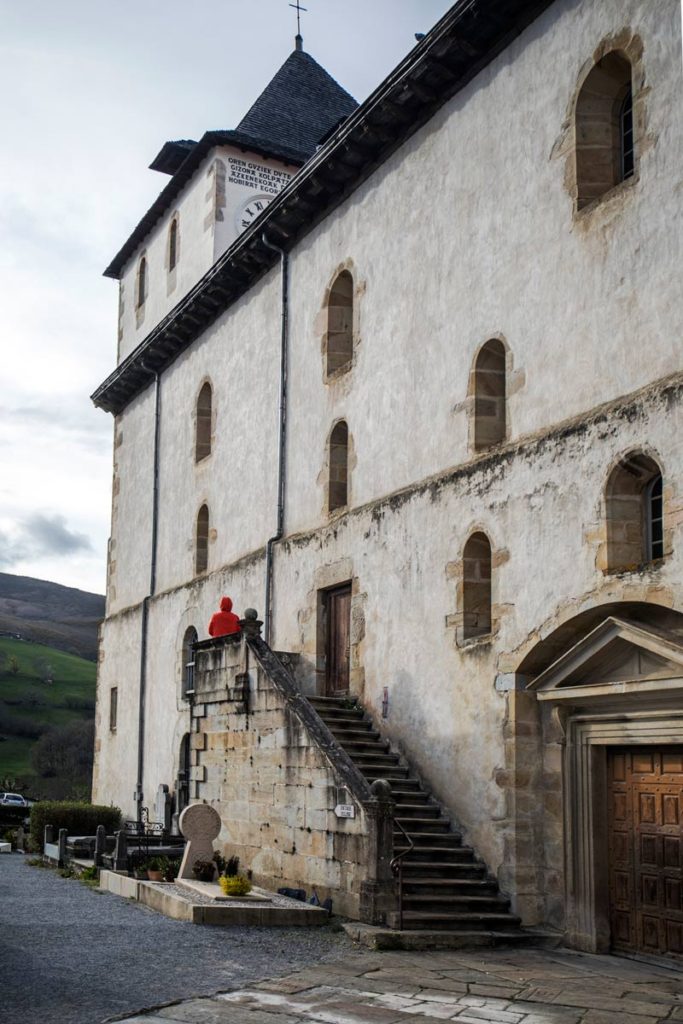
This was also the main topic of the book Geroko gero (“For later”) by Axular, a member of the Sara School: a literary movement which helped Basque culture flourish in the 17th century. The writers were Catholic priests, and their headquarters the church in the photos above. They wrote in Basque as a means of keeping the people by their side to counter the threat of Protestantism.
This war between religions was an affair of state, since Louis XIV, the absolutist King of France who famously said “l’État, c’est moi”, imposed his own Catholic yoke on the country. Louis XIV wed Spanish “Infanta” Princess María Teresa in the French Basque town of Saint Jean de Luz, thereby uniting Europe’s two major Catholic monarchies in one of the most important political marriages in history.
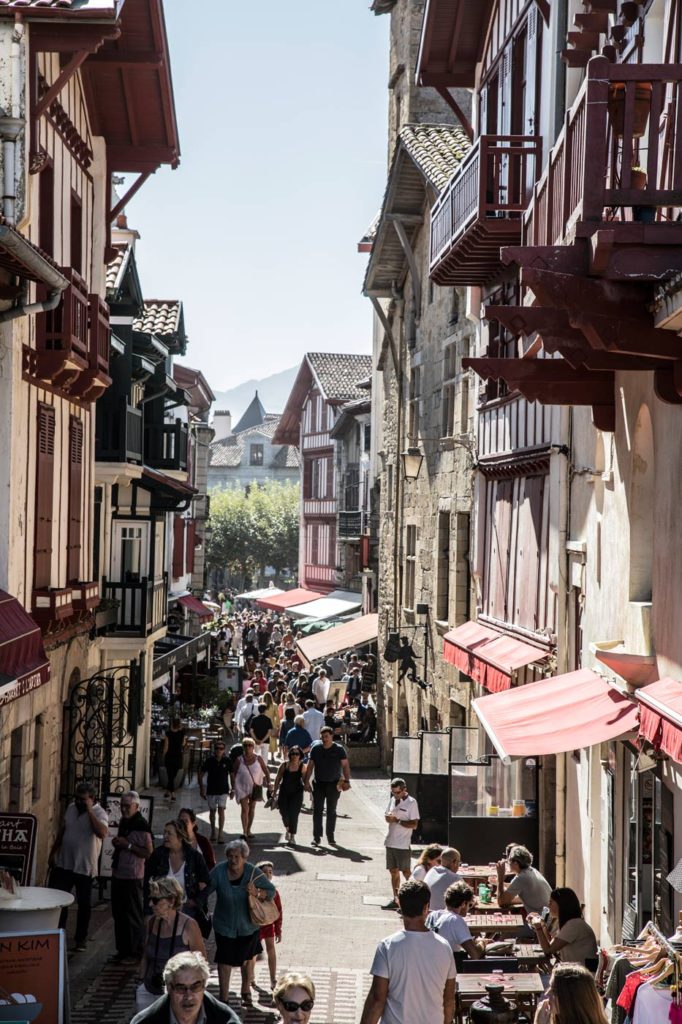
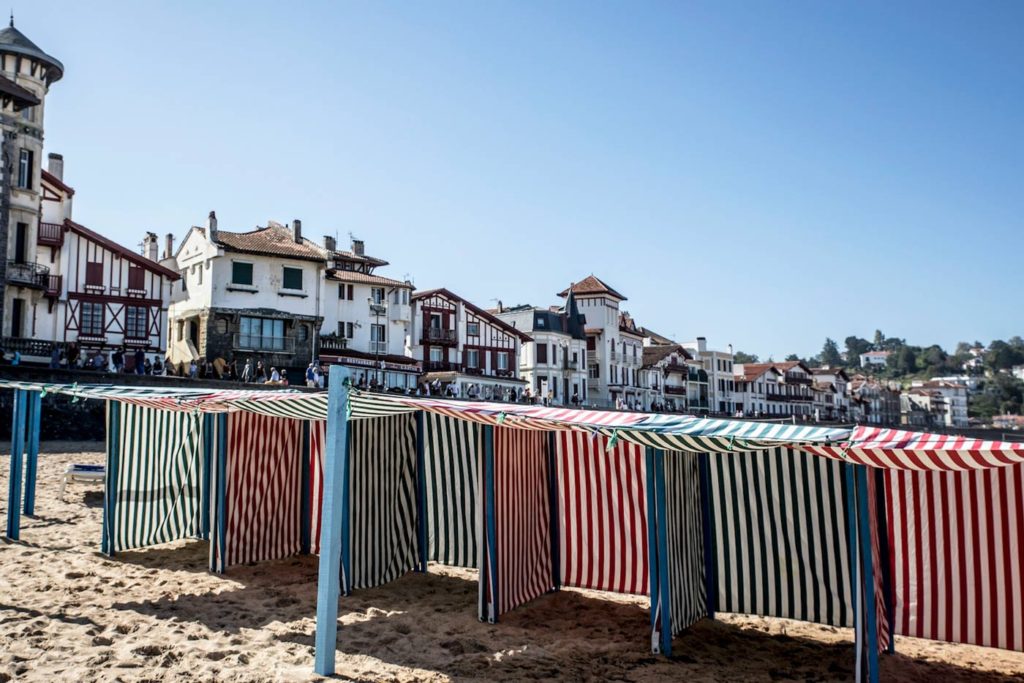
We’ll pay a visit to the pretty church where the royal wedding took place. Here, two main features will catch our eye: the wooden gallery along its walls, and the boat hanging from the ceiling. The gallery is a typical balcony found in churches in the French Basque Country, where the men would gather to hear mass, whilst the women remained on the ground floor.
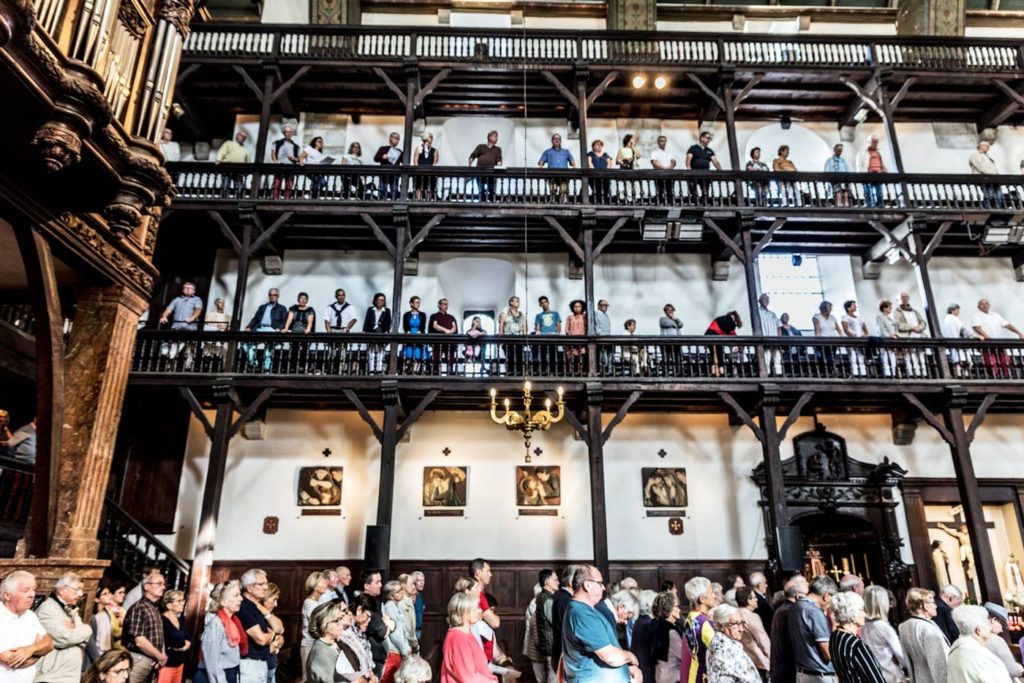
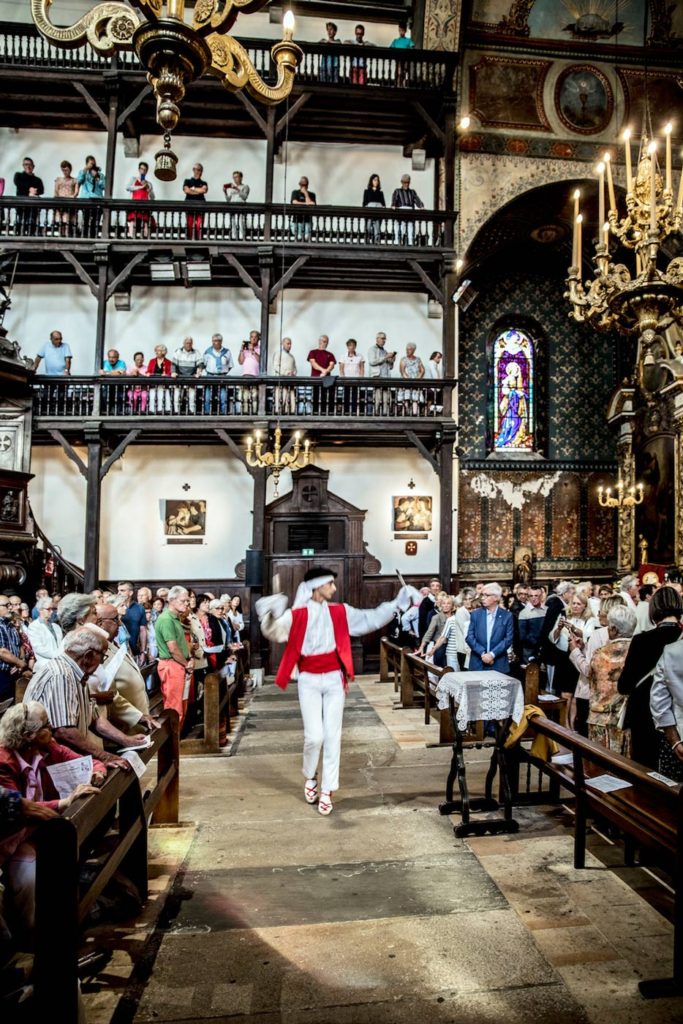
The boat in the St John the Baptist church apprises us of the importance of seafaring activity in this town. Not just fishing, but also because it was the base of Basque corsairs who plundered the enemies of France with the blessing of the King. In commemoration of that era, here we see them in the church celebrating their annual festival. The 17th century was the golden age of Saint Jean de Luz, and reminiscences of a bygone age in its streets still bear witness to that era of bonanza.
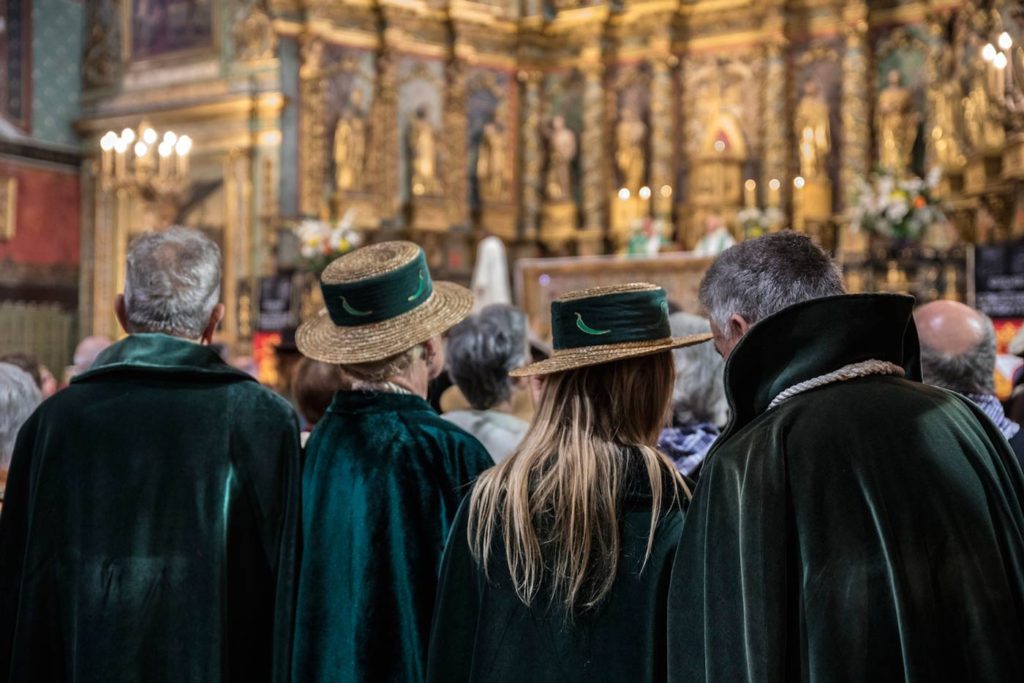
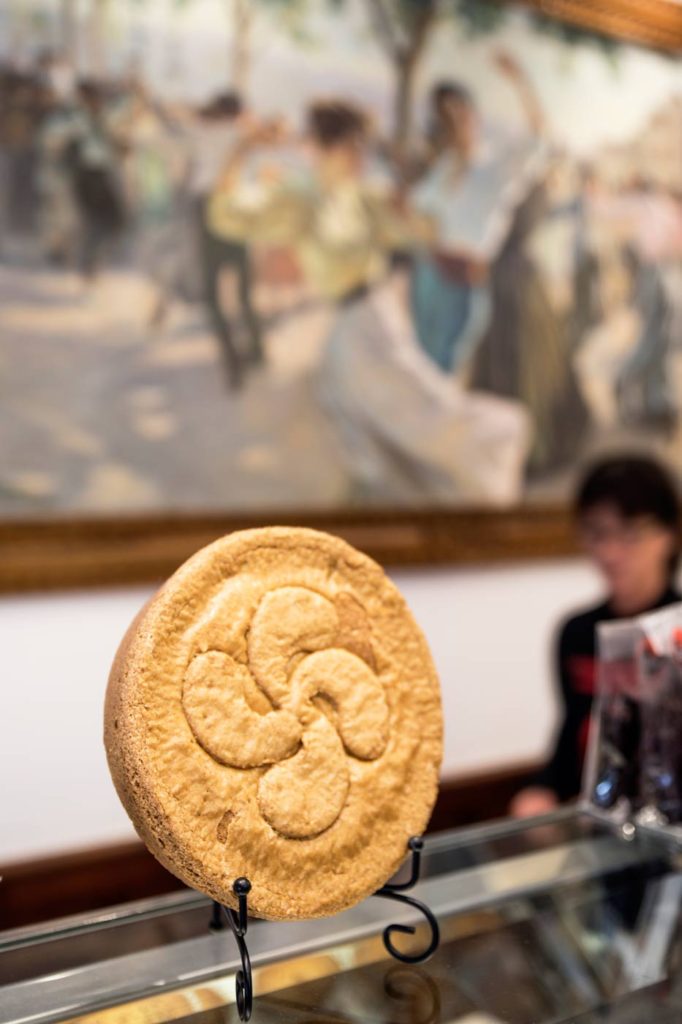
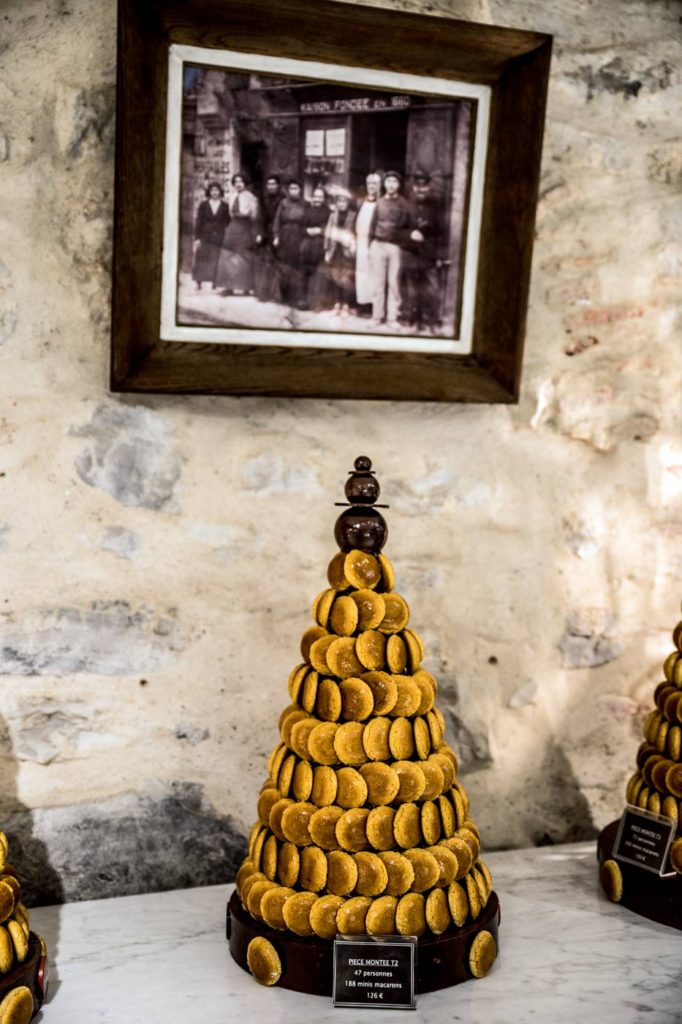
We will, of course, take time out to enjoy the local gastronomy, especially maritime specialities such as ttoro, a local fish soup. And we’ll check out two things with our coffee: a “gâteau basque”, Iparralde’s popular Basque cake, and some macarons. These little hamburger-shaped macaroons originated in Saint Jean de Luz, but they have become the maximum exponent of French cakemaking since they were catapulted to fame by pastrymaker Monsieur Adam for the marriage of the Infanta María Teresa to Louis XIV. Our return along the beautiful coast road will bring us back to the present after this intense journey through the 17th century.

